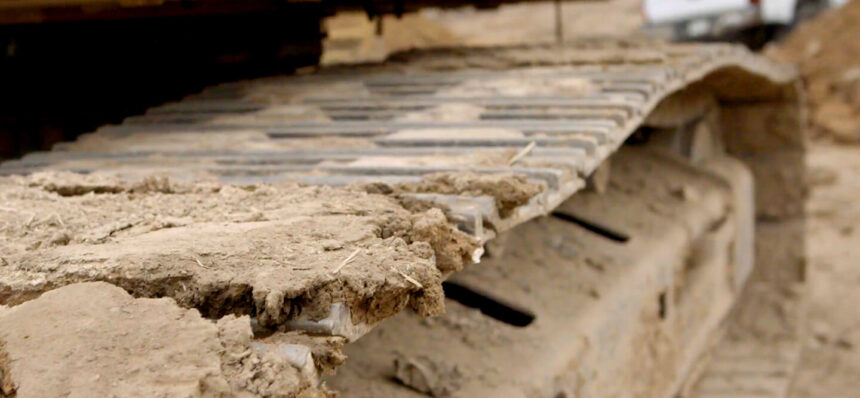We’re talking a lot about 3D printing here at Assignar. That’s because we can’t stop reading about, listening to & seeing its prolific impact on the building & construction sector, across the globe.
However, there’s still open debate about 3D printing’s REAL impact.
There’s the practicality issue for a start. When Winsun Decoration Design Engineering built, for example, 10 Chinese houses, they did it with a massive 150 x 10 x 6.6m 3D printer. Scaling & longevity is clearly where the commercial gain is to be made with this technology. Hence the understandable scepticism.
Architects too are circumspect. Here in Australia, we’ve spoken with a number of high-end architects in residential, hospitality and healthcare. Their view is largely ‘wait & see’. Mainly because it doesn’t yet make commercial sense. Exciting yes. Real financial ROI? Not yet.
Irrespective, the technology does deliver quite astounding benefits. Such as allowing a REAL product to be delivered directly from a digital file with zero waste, or transportation costs. Plus, the technology is being deployed such that surplus materials are recyclable. Aside from cost savings & massive productivity gains, the green benefits of 3D printing make it, most likely, an unavoidable next phase for building & construction companies.
New research is now being done in façade production using 3D printing. Whilst we’re not yet at the stage of mass production methods for windows & façades, there’s definitely room for compartments thereof to start being manufactured. The futuristic nature of this technology is truly astounding.
We’ve provided a basic comparison below, across the key development metrics of cost, design, speed & quality. You be the judge!
So what do you think? Do you think that 3D Printing is changing the construction industry or that traditional building methods that have been around for hundreds of years are the way to continue? We would love to hear your thoughts.


